Wild hog hunting has become increasingly popular worldwide due to the rising populations of these destructive and adaptable animals. Feral hogs, often called wild pigs, pose significant threats to agricultural lands, native ecosystems, and even property. This makes effective hunting strategies and the right gear essential for successful management and ethical harvesting. Among the critical equipment considerations, the best caliber selection is a key factor in achieving hog hunting success and ensuring humane kills.
This article explores the differences in choosing the best caliber for hog hunting, addressing the unique challenges posed by these animals, the important factors to consider in your choice, and a detailed overview of some top contenders.
The Wild Hog Hunting Challenges
Successfully and ethically hunting wild hogs requires an understanding of their unique physiology and behaviors, as these factors directly impact bullet performance and the effectiveness of different calibers.
1. Hog Physiology and Bullet Performance
Wild hogs are robust animals with a dense and muscular build. Mature boars can weigh several hundred pounds and possess thick hides, particularly around the shoulders and neck, which serve as a natural form of armor. Beneath this tough exterior lies a layer of gristle and dense connective tissue, further complicating bullet penetration.
Unlike thin-skinned deer, a poorly constructed or underpowered bullet may fail to reach the vital organs of a hog, resulting in a wounded animal that can escape and potentially suffer.
Therefore, calibers intended for hog hunting must be capable of delivering sufficient energy and penetration to overcome these physical barriers.
2. Hog Behaviors and Hunting Scenarios
Hogs display a range of behaviors that directly impact our hunting strategies and caliber choices. They are often found in groups called sounders, which can range anywhere from a few to dozens. We need to be ready to quickly and accurately engage multiple targets when the opportunity arises. These animals are clever and cautious, especially if they’ve been hunted before.
With their keen sense of smell and hearing, hogs can slip away in dense cover or while on the move, leading to those fleeting shot opportunities. Our hunts can take place in a variety of environments, from thick brush and forests to open fields, which means we need a caliber that offers versatility in range and trajectory. Since hogs are often active at night, we must also be prepared for low-light conditions where shot placement is critical.
Their tough physiology and elusive nature highlight the need for a caliber that balances power, accuracy, and the right bullet construction. This ensures we achieve humane and effective kills in any hunting scenario we encounter.
Factors to Consider When Choosing Caliber For Hog Hunting
Selecting the optimal caliber for hog hunting involves careful consideration of several interconnected factors. Overlooking any of these aspects can compromise hunting success and ethical practices.
1. Bullet Construction
Perhaps the most critical factor is bullet construction. Given the dense tissues and potential for thick hides, bullets designed for deep penetration and controlled expansion are essential. Soft-point bullets with a heavy jacket and a lead core that expands reliably upon impact are popular choices.
Monolithic copper or brass bullets are also gaining favor due to their exceptional penetration capabilities and weight retention, ensuring they drive deep even after encountering bone or tough muscle. Frangible bullets, designed to fragment upon impact, are generally not recommended for hog hunting as they may lack the necessary penetration to reach vital organs.
The weight of the bullet also plays a crucial role; heavier bullets of the same caliber typically offer better penetration.
2. Accuracy
Regardless of the caliber’s power, accuracy is paramount for ethical and effective hunting. A well-placed shot to the vital organs ensures a quick and humane kill. The inherent accuracy of a particular caliber is a factor, but equally important is the hunter’s proficiency with the chosen firearm and ammunition.
Factors influencing accuracy include the rifle’s quality, the consistency of the ammunition, and the shooter’s skill in various shooting positions. Practicing extensively with the chosen caliber and firearm is crucial to ensure confident and accurate shot placement under hunting conditions.
3. Power (Energy and Velocity)
The power of a caliber, often measured by its energy (typically in foot-pounds) and velocity (in feet per second) at the point of impact, is directly related to its ability to penetrate and deliver sufficient force to incapacitate a hog. Higher energy levels generally translate to better penetration and tissue damage.
However, excessive power without proper bullet construction can lead to pass-through shots with minimal energy transfer to the target. A balance between sufficient energy for penetration and controlled expansion for maximum tissue damage is ideal.
Different hunting scenarios might also dictate different power requirements. For instance, longer shots in open fields might necessitate a flatter-shooting, higher-velocity round, while closer shots in dense cover might prioritize a heavier bullet with good penetration at lower velocities.
4. Range
The anticipated shooting distances in the hunting environment will influence caliber selection. Some calibers offer flatter trajectories and retain energy better at longer ranges than others. If most shots are expected to be within relatively short distances (e.g., under 100 yards), a flatter trajectory might be less critical than raw stopping power.
However, if longer shots across open terrain are a possibility, a caliber with good long-range ballistics becomes more important. Understanding the typical shooting distances in your hunting area will help narrow down suitable caliber choices.
5. Recoil
Recoil is a significant factor that affects shooter comfort and, ultimately, accuracy. Calibers with excessive recoil can be difficult to control, especially during rapid follow-up shots. Hunters need to be comfortable and proficient with the recoil of their chosen caliber to ensure accurate shot placement.
While more powerful calibers often have greater recoil, advancements in firearm design (e.g., muzzle brakes, recoil pads) and ammunition technology can help mitigate this. It’s a trade-off between power and manageability that each hunter must consider based on their individual tolerance and shooting ability.
Practical Advice for Selecting the Best Caliber
Understanding the specific challenges posed by these animals and the diverse environments we hunt in is essential. This section will guide you through key considerations to help you choose the right caliber for successful hunting.
- Consider the primary hunting environment: Dense brush versus open fields will influence the importance of range and trajectory.
- Think about the size of hogs in your area: Larger and heavier hogs necessitate calibers with greater penetration potential.
- Evaluate your shooting experience and comfort level with recoil: Choose a caliber you can handle accurately and consistently.
- Prioritize bullet construction over raw velocity: A well-constructed bullet with moderate velocity is often more effective than a fast, poorly constructed one.
- Research local regulations and ethical hunting guidelines: Ensure your chosen caliber meets any legal requirements and promotes humane harvesting.
- Test different calibers and ammunition in your chosen firearm: Find a combination that delivers consistent accuracy and reliable performance.
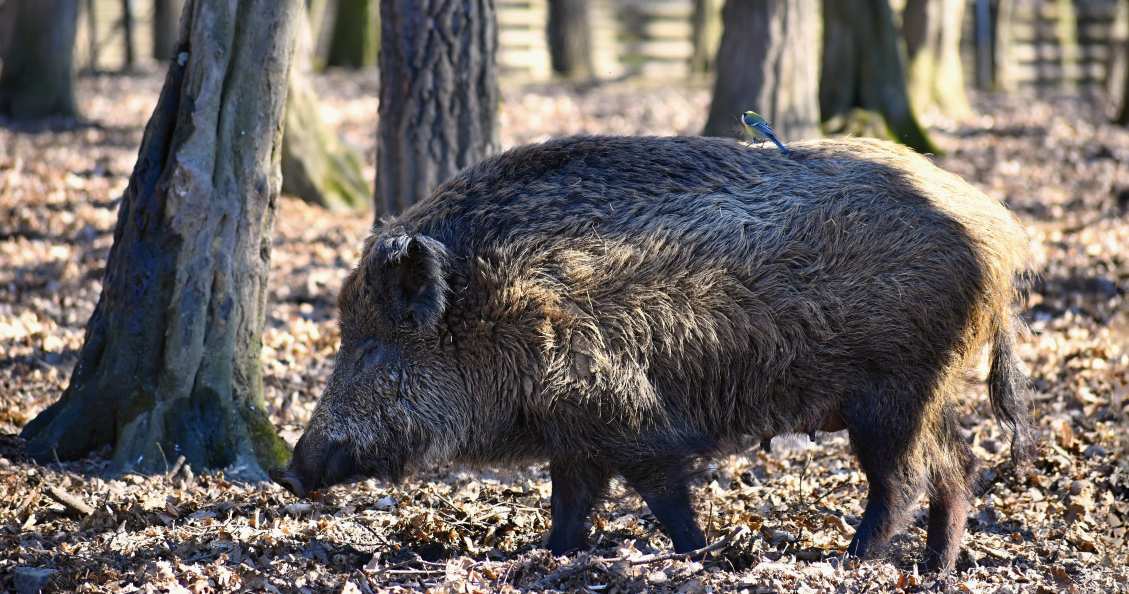
Top Calibers For Hog Hunting
There is a diverse range of calibers suitable for hog hunting. These can be broadly categorized into common and specialized choices, each with its own set of characteristics, advantages, and disadvantages.
Common Choices
These are popular and widely available common calibers that have proven effective for hog hunting over time.
1. .30-30 Winchester
A classic American cartridge, the .30-30 has been a staple for deer hunting and has also proven its worth on hogs, particularly at shorter ranges.
The bullet typically fires bullets ranging from 150 to 170 grains at moderate velocities. Known for its manageable recoil and effectiveness within 150 yards.
- Pros: Widely available ammunition, relatively low recoil, effective at short to medium ranges in dense cover.
- Cons: However, it does have some limitations, such as limited range compared to other options, trajectory drops significantly at longer distances, and some factory loads may lack optimal penetration on large boars.
- Popular Brand: If you prefer this one, you can choose the Winchester option (Lever-action rifles are commonly chambered in .30-30).
.308 Winchester
It is a versatile and highly popular cartridge, the .308 offers a significant step up in power and range compared to the .30-30.
Typically fires bullets ranging from 150 to 180 grains at higher velocities. Known for its accuracy and effectiveness out to several hundred yards.
- Pros: Excellent accuracy potential, wide range of bullet weights and types available, effective at medium to longer ranges, manageable recoil in many rifles.
- Cons: Recoil can be significant in lightweight rifles, and overpenetration can occur with some bullet choices if not carefully selected.
- Popular Brand: Federal (Offers a wide variety of .308 hunting ammunition)
.223 Remington/5.56 NATO
While often associated with varmint hunting and tactical applications, the .223 can be effective on smaller to medium-sized hogs with careful shot placement and appropriate bullet selection. It typically fires lighter bullets (55 to 77 grains) at high velocities.
- Pros: Low recoil, high accuracy potential, capable of quick follow-up shots.
- Cons: Marginal penetration on large boars with thick shields, shot placement is critical, not ideal for longer shots on larger hogs. It’s crucial to emphasize that using .223/5.56 for larger hogs requires exceptional shot placement and the use of premium, heavy-for-caliber, deep-penetrating bullets.
- Popular Brand: Hornady (Offers specialized .223 hunting ammunition)
7.62x39mm
Popular in AK-platform rifles, the 7.62×39 offers a good balance of power and manageable recoil for hog hunting at moderate ranges.
Typically fires bullets around 123 grains at moderate velocities.
- Pros: Relatively low recoil, good penetration for its size, effective at short to medium ranges, widely available, and often more affordable ammunition.
- Cons: Limited range compared to flatter-shooting calibers, and accuracy can vary depending on the rifle.
- Popular Brand: Wolf (Offers affordable and reliable 7.62×39 ammunition)
Specialized Choices
These calibers are often specifically designed or are particularly well-suited for the demands of hog hunting due to their inherent power and bullet characteristics.
.450 Bushmaster
Developed for AR-platform rifles, the .450 Bushmaster delivers significant energy with heavy, large-diameter bullets, making it excellent for stopping hogs quickly.
Typically fires .452-inch diameter bullets ranging from 250 to 300 grains at moderate velocities. Produces significant energy at shorter ranges.
- Pros: Excellent stopping power, good penetration on large boars, manageable recoil in AR-style rifles due to their design.
- Cons: Limited range due to its trajectory, ammunition can be more expensive and less widely available than common calibers.
- Popular Brand: Hornady (Offers popular .450 Bushmaster loads)
.45-70 Government
A classic big-bore cartridge, the .45-70 offers immense power and excellent penetration, making it a formidable choice for even the largest hogs.
Fires large-diameter bullets (typically .458 inch) ranging from 300 to 500 grains at moderate velocities. Generates substantial energy.
- Pros: Exceptional stopping power and penetration, ideal for large boars with thick shields, effective at shorter to medium ranges.
- Cons: Heavy recoil, trajectory drops significantly at longer ranges, and ammunition can be expensive.
- Popular Brand: Buffalo Bore (Known for high-performance .45-70 ammunition)
10mm Auto (Handgun Hunting)
While primarily a handgun cartridge, the 10mm Auto has gained popularity for hog hunting in areas where rifle hunting is restricted or as a secondary weapon for close encounters.
Fires .40-inch diameter bullets typically ranging from 150 to 220 grains at high velocities for a handgun cartridge.
- Pros: Powerful handgun cartridge with good penetration compared to other handgun rounds, suitable for close-range shots.
- Cons: Requires exceptional shot placement due to the smaller bullet and lower energy compared to rifle calibers, limited range , and handgun hunting requires significant skill and practice.
- Popular Brand: Underwood Ammo (Offers high-performance 10mm hunting loads)
.350 Legend
Another AR-platform specific cartridge, the .350 Legend, offers good ballistics and manageable recoil, making it a viable option for hog hunting, particularly in states with specific straight-wall cartridge regulations for deer hunting that also apply to hogs.
Fires .357-inch diameter bullets typically ranging from 150 to 180 grains at moderate velocities. Offers a relatively flat trajectory out to moderate ranges.
- Pros: Manageable recoil, good accuracy potential in AR platforms, effective at moderate ranges, compliant with straight-wall cartridge regulations in some areas.
- Cons: Penetration may be marginal on very large boars with poorly constructed bullets, and ammunition availability might be less widespread than more common calibers.
- Popular Brand: Winchester (Developed the .350 Legend and offers various loads)
What Is The Best Shot On a Hog?
Regardless of the caliber chosen, precise shot placement is the ultimate key to a clean and ethical kill. Understanding the vital zones of a hog is crucial for maximizing the effectiveness of any shot.
Hog Vital Zones
The primary vital organs in a hog are the heart and lungs, located in the chest cavity, just behind and slightly below the shoulder. A shot that penetrates this area will typically result in rapid blood loss and a quick, humane death.
The brain is another vital target, but it is a much smaller area and requires precise shot placement, typically a frontal shot between the eyes or a side shot just behind the ear. However, the brain shot presents a smaller margin for error and is generally recommended for experienced hunters in controlled situations.
Tips For a Clean Kill Shot
When it comes to making a clean kill shot, always aim for the “boiler room,” which is located just behind the front leg in the lower third of the body, where the heart and lungs are situated.
It’s best to wait for a broadside or slightly quartering-away shot, as these angles provide the largest target area and a higher chance of hitting the vitals.
Avoid frontal shots unless you’re specifically aiming for the brain, since the thick skull and snout can deflect your bullet. Quartering-to shots are tricky and can lead to unpredictable angles that miss the vital organs.
Always ensure you have a clear shot; brush and branches can easily deflect your bullet and result in a wounded animal. Mastering good shooting fundamentals—like proper breathing, trigger control, and a steady rest—is crucial for accuracy.
Know your effective range; understand the limitations of your caliber and your own shooting abilities at different distances.
Finally, be prepared for a follow-up shot if needed. Pay close attention to the hog’s reaction after your shot to determine if you need to act quickly.
Key Takeaway:
- Aim for the “boiler room
- Wait for a broadside or slightly quartering-away shot
- Ensure a clear shot
- Practice good shooting fundamentals
- Know your effective range
- Follow up if necessary
Conclusion
Choosing the best caliber for hog hunting is a multifaceted decision that depends on various factors, including the size and behavior of the hogs in your hunting area, the terrain, anticipated shooting distances, and your personal shooting experience and comfort level.
While common calibers like the .30-30 and .308 Winchester have a long track record of success, specialized options like the .450 Bushmaster and .45-70 Government offer significant advantages in terms of stopping power for larger boars. Even handgun calibers like the 10mm Auto can be effective in specific scenarios with precise shot placement.
Ultimately, the “best” caliber is the one that you can shoot accurately and consistently, with a well-constructed bullet that provides sufficient penetration to reach the vital organs of a hog for a humane and effective kill.
Regardless of your chosen caliber, prioritizing ethical hunting practices, including understanding hog anatomy and striving for precise shot placement, is paramount for responsible wildlife management and a successful hunting experience.
Learn More About Hog Hunting:
- Can Hog See Green Light Or Red Light?
- When Is The Best Time to Hunt Hogs?
- Is Hog Hunting Year-Round In the US?


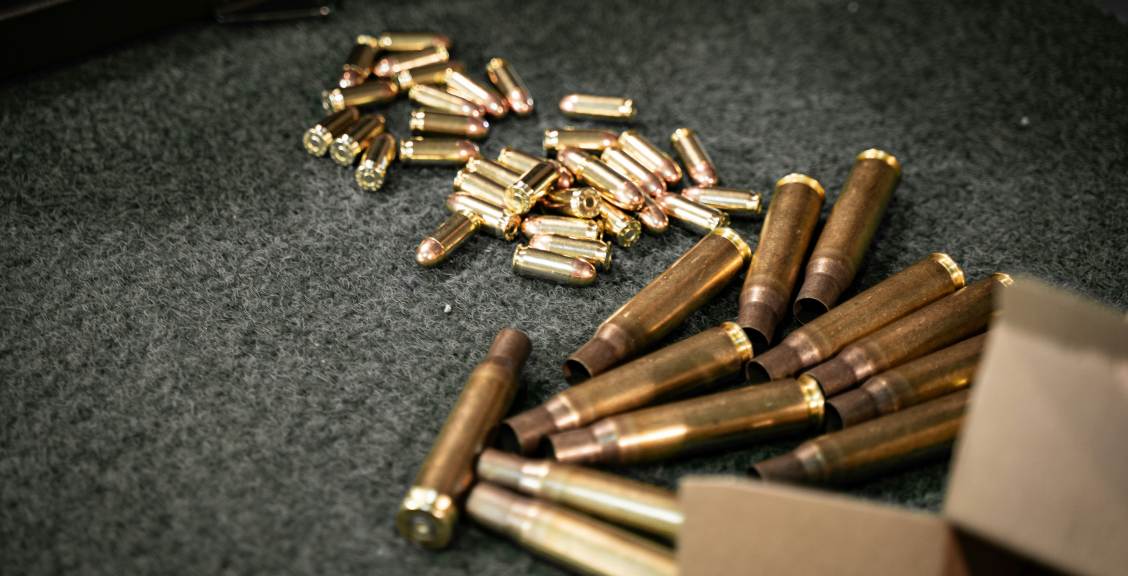
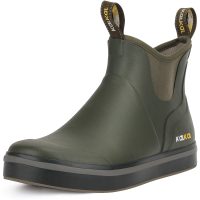
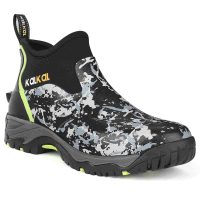

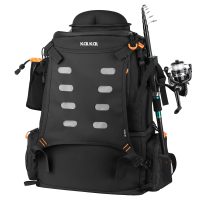
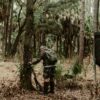

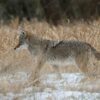


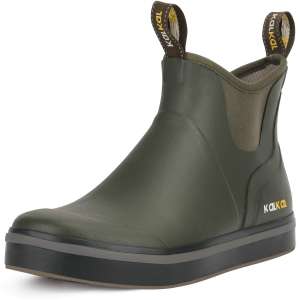
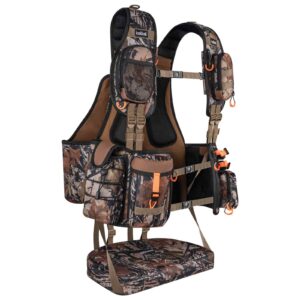
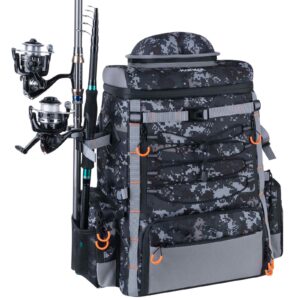
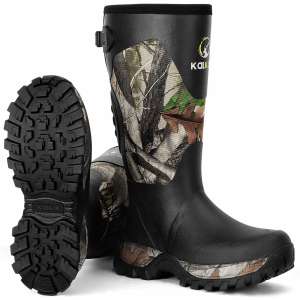
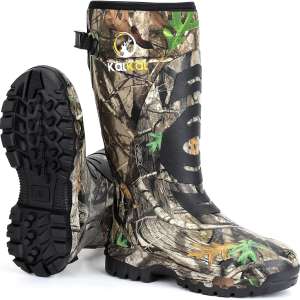
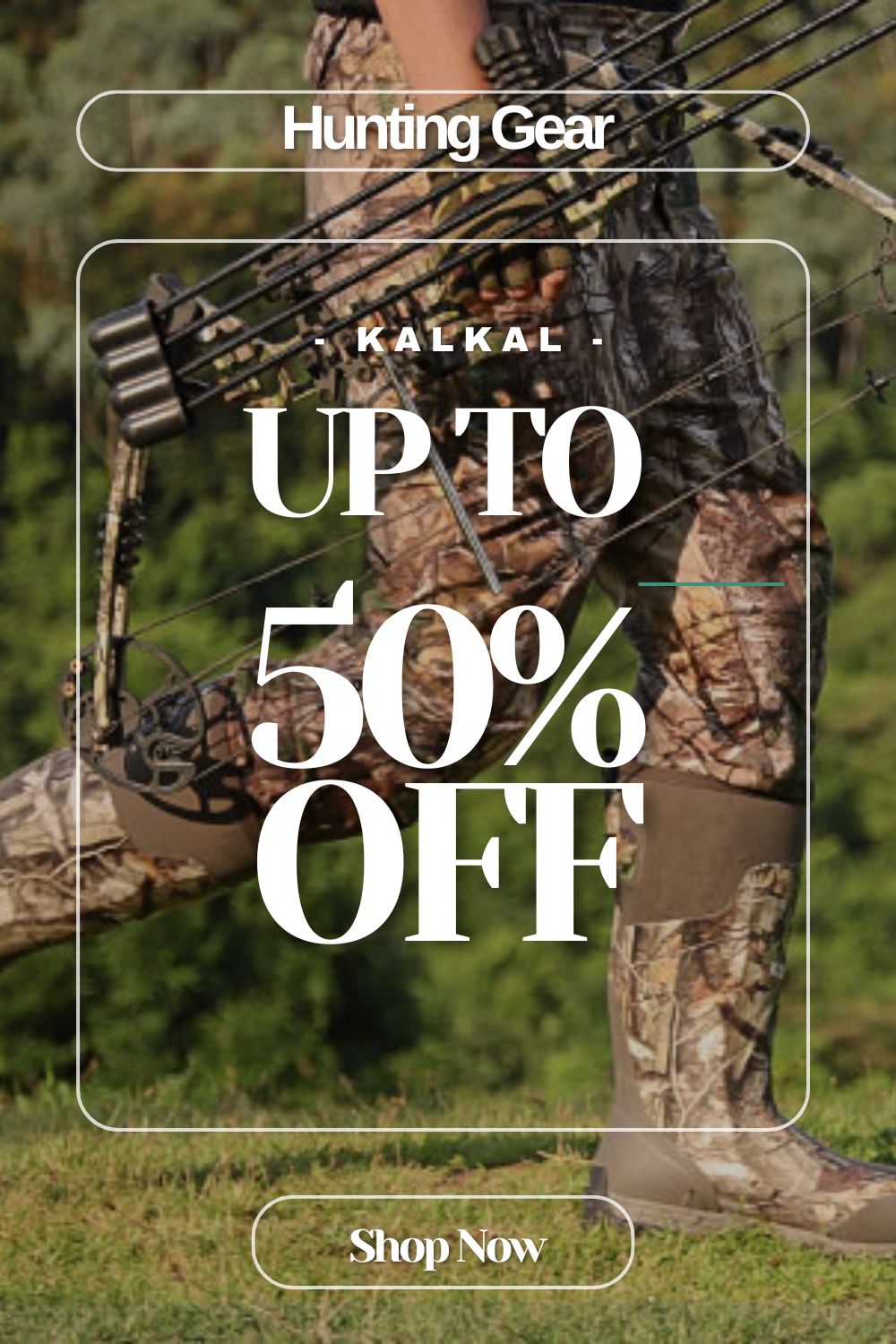

Leave a reply